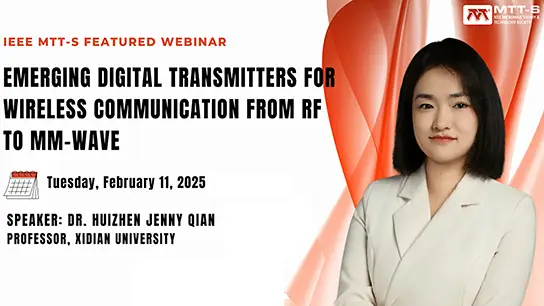AE-04: Spin-flop Coupling at La0.5Sr0.5FeO3/La0.7Sr0.3MnO3 Interfaces
Ishmam Nihal, Dayne Sasaki, Mingzhen Feng, Christoph Klewe, Padraic Shafer, Andreas Scholl, Yayoi Takamura
Oral
02 Nov 2023
Antiferromagnetic (AFM) spintronics has several advantages like high storage capacity and faster processing speed, but difficulties in controlling AFM moments impede its application. Spin-flop coupling is a promising interfacial phenomenon which can allow manipulation of AFM moments with modest applied magnetic field values and is characterized by perpendicular coupling between ferromagnetic (FM) and AFM moments. AFM La1-xSrxFeO3 (x=0 and 0.3) / FM La0.7Sr0.3MnO3 (LSMO) heterostructures remain one of the few perovskite oxide systems where spin-flop coupling has been demonstrated. Previous studies showed that robust spin-flop coupling observed in 6 unit cells (u.c.) La0.7Sr0.3FeO3 / 6 u.c. LSMO superlattices vanished once the layer thicknesses reached 18 u.c., as the magnetocrystalline anisotropy energy of the AFM layer overcame the spin-flop coupling strength [1]. In this study, epitaxial La0.5Sr0.5FeO3 (LSFO) / LSMO bilayers with similar thickness of LSMO (∼85 u.c.) and LSFO thicknesses varying from 10 to 50 u.c. were deposited on (001)-oriented (LaAlO3)0.3(SrAl0.5Ta0.5O3)0.7 substrates to investigate the relationship between Sr-doping, magnetocrystalline anisotropy, and the critical thickness for spin-flop coupling. Soft X-ray absorption magnetic spectroscopy was performed to probe the exchange interactions between the FM Mn moments and the AFM Fe moments. X-ray magnetic linear dichroism (XMLD) measurements demonstrated that the spin-flop coupling strength decreased with increasing LSFO layer thickness, persisting at a thickness of 50 u.c. (∼20 nm), surpassing the La0.7Sr0.3FeO3 / LSMO system (Fig.1). Also, photoemission electron microscopy imaged the domain-by-domain correlation between the FM and AFM domains consistent with the perpendicular orientation dictated by spin-flop coupling. As LSFO/LSMO system allows to control AFM moments through spin-flop coupling over a greater LSFO thickness, it is desirable for AFM spin transport measurements.References: [1] Y. Takamura, F. Yang, N. Kemik, E. Arenholz, M. D. Biegalski, and H. M. Christen, “Competing interactions in ferromagnetic/antiferromagnetic perovskite superlattices,” Phys Rev B, vol. 80, no. 18, p. 180417, Nov. 2009, doi: 10.1103/PhysRevB.80.180417.



